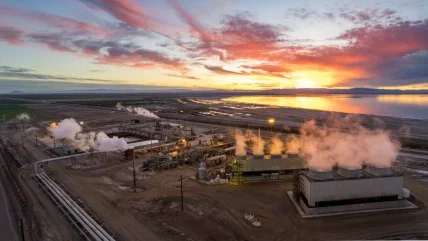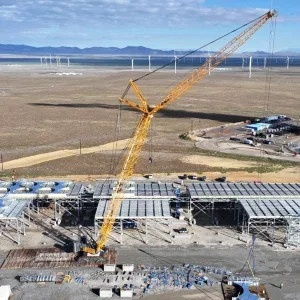
The US Geological Survey (USGS) has released a new assessment indicating that geothermal energy from the Great Basin, spanning Nevada and nearby states, could potentially meet 10% of the electricity demand in the country. This represents a significant increase from the current contribution of geothermal energy, which accounts for less than 1% of the national power supply.
The updated evaluation, which builds upon a 2008 USGS assessment, estimates a potential for 135GW of baseload power. Achieving this output would require extensive commercial-scale development and successful application of emerging technologies, many of which have evolved over recent decades in the geothermal and oil and gas sectors.
USGS acting director Sarah Ryker said: “We focus on undiscovered resources that have yet to be fully explored, let alone developed. We launched this work in the Great Basin because of the area’s history of geothermal activity – and we found even more potential for baseload power than had previously been known.
“Leveraging this work along with artificial intelligence and machine learning techniques will help us assess the entire nation’s potential for geothermal energy with greater speed and accuracy.”
Currently, geothermal power production primarily relies on hydrothermal systems, where groundwater circulates naturally through heated rocks. However, many areas contain heat trapped in impermeable rock formations, necessitating advanced technology to harness geothermal energy. Enhanced geothermal systems involve creating fractures in these rocks, allowing water to circulate at depths of up to 3.7 miles (6km) to extract heat for electricity generation.
The Great Basin, which includes parts of Nevada, California, Oregon, Idaho, Wyoming, and Utah, was among the last areas in the contiguous US to be mapped in the 19th century. These surveys, led by pioneers such as Clarence King and John Wesley Powell, contributed to the establishment of the USGS in 1879.
Under the directive of the Energy Act of 2020, the USGS is tasked with assessing the nation’s geothermal energy potential. For this assessment, the USGS and its partners developed new heat flow and underground temperature maps, alongside new methods to estimate energy extraction efficiency. Following the Great Basin evaluation, the Williston Basin in North Dakota is next on the assessment list.
The findings suggest that with future technological advancements, the Great Basin’s geothermal resources could significantly contribute to meeting the nation’s electricity needs. The region’s geothermal potential is substantial, but enhanced engineering efficiency is essential to fully capitalise on this resource.






